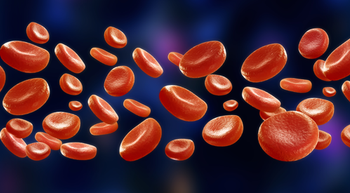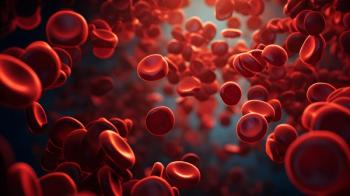
Steep Rise in Price of Chemotherapy Drug Causes Anger and Dismay
NextSource Pharma has raised the price of oral chemotherapy agent lomustine (Gleostine) by 1400% since acquiring the drug, which is used to treat Hodgkin lymphoma and glioblastoma, from Bristol-Myers Squibb in 2013.
Patients taking the drug lomustine, an oral chemotherapy agent used in the treatment of Hodgkin lymphoma and glioblastoma, have been watching the price of their medication rise steeply and frequently over the last five years.
Bristol-Myers Squibb (BMS) divested lomustine — which it had sold under the brand name CeeNu — in 2013, as a part of a portfolio prioritization decision, Sarah Koenig, a press contact at the Research and Development department of BMS told Oncology Nursing News in an email. That same year, NextSource Pharma, a small pharmaceutical company based in Florida, acquired the drug and not only changed its brand name to Gleostine, but also raised the price. Since they bought lomustine, NextSource Pharma has raised the price nine times — about 1400% more than it originally cost when sold by BMS, the Wall Street Journal reported.
When owned by BMS, the drug was sold for about $50 per pill. Now, the price is about $750, and has no generic version, nor is it patent-protected.
“One month’s worth of pills, already over $1,500 per month, will now cost over $23,000 per month. Insane prices that have been made more insane by one massively greedy CEO who wants to build his profits on the backs of dying women, men and children who can barely afford the treatment to begin with,” Tracey Gamer-Fanning, co-founder of the Connecticut Brain Tumor Alliance (CTBTA) and grade 3 brain tumor survivor told Oncology Nursing News.
But according to NextSource, there is more to drug pricing than meets the eye.
“The subject of drug pricing is an important one. It is more complex than many realize,” the company said in a press release.
The statement said the price of Gleostine reflects the cost of raw materials, including a key manufacturing component; supplying the product at little to no cost to the government for use in patients with Medicaid or the government drug discount program, where prices are as low as five cents per capsule; increasing FDA and health authority licensing fees; providing the drug at a much lower cost to patients who are uninsured or lack the resources to pay; maintaining a year’s-worth inventory to ensure availability.
“Finally, it is important to note that there are currently less than five FDA-approved glioblastoma brain tumor drugs like Gleostine available on the market today. Among this class of drug products, Gleostine is priced within the mid- to low-end range compared to other treatments,” the release said.
However, many people are still extremely distraught at the alleged price gouging.
“It was like they purchased Aspirin, put a pretty label on it, called it ‘Crapsin’ and charged people tons more money,” Gamer-Fanning said.
Newsletter
Knowledge is power. Don’t miss the most recent breakthroughs in cancer care.

















































































